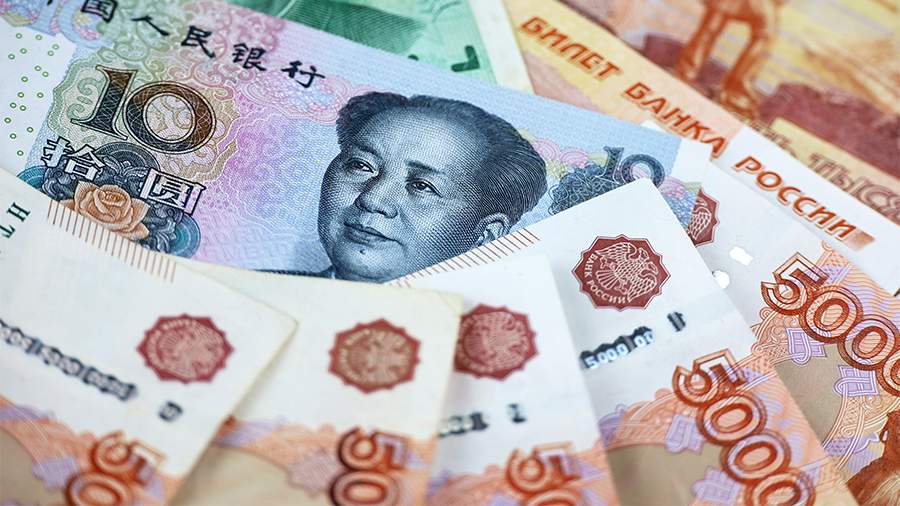
The yuan's share of global payments hit a record level in November
By Rhod Mackenzie
In the last monthe of autumn , the Chinese currency ranked fourth in global payments, reaching a record 4.61%, according to the SWIFT Financial System. The growth rate of the yuan's share speaks for itself: it has almost doubled compared to last year's 2.37%. Additionally, in October, the yuan's share was significantly lower at 3.60%. November was not a successful month for all other world currencies as their shares decreased slightly. For instance, the American dollar decreased from 47.25% to 47.08%, the euro from 23.36% to 22.95%, the British pound from 7.33% to 7.15%, and the yen, which was overtaken by the yuan, decreased from 3.91% to 3.41%. In total, the share of these four currencies in global payments fell by 1% in November.
Business Insider reports that efforts to weaken the global dominance of the American dollar are yielding stable results, albeit not very impressive. Loans in yuan issued by the People's Bank of China (PBOC) are also increasing, having grown by 28% in November. RSOV has conducted bilateral currency swaps with the central banks of over 30 countries, including those in Saudi Arabia and Argentina (prior to Javier Miley's presidency). In September, the yuan surpassed the euro to take second place in global trade finance. According to the Financial Times, the low discount rate in China makes trade finance in yuan more accessible.
It is also noteworthy that China and Russia, with a trade turnover of $200 billion, have abandoned the dollar and almost completely switched to national currencies in mutual settlements. During the 28th regular meeting of the heads of government of Russia and China in Beijing,the Russian Prime Minister Mikhail Mishustin stated that over 90% of trade between Russia and China is now conducted in rubles and yuan.
It is worth noting that trade between Russia and the United States has reached a 30-year low by the end of this year.
The international successes of the yuan are undeniable. However, it will take a long time for it to catch up with the dollar in terms of foreign exchange reserves held by central banks. In the past, the dollar accounted for 54% of these reserves.
